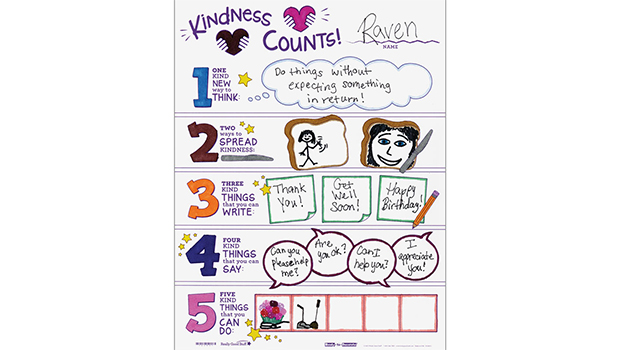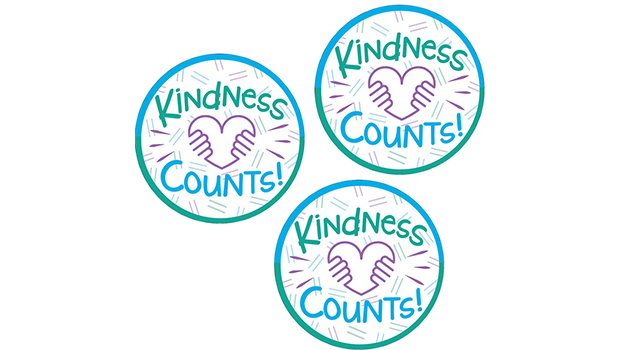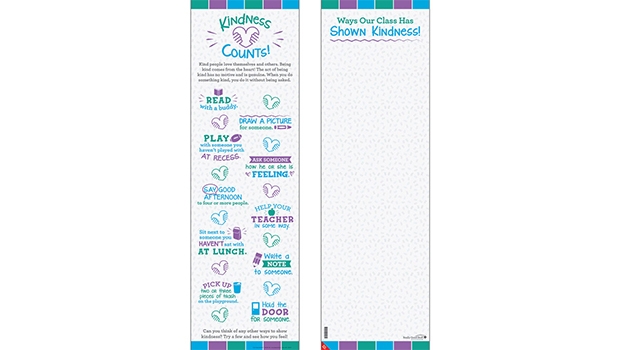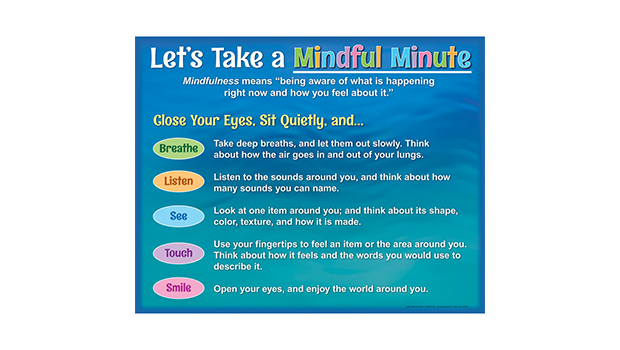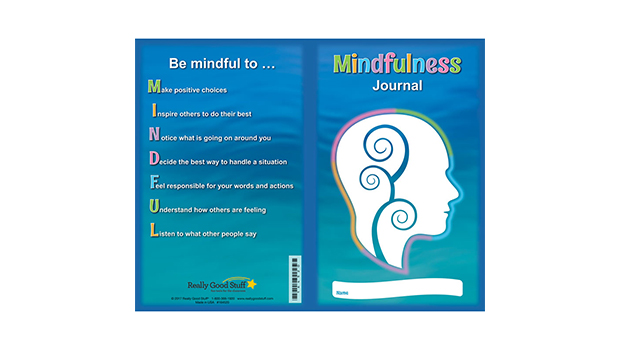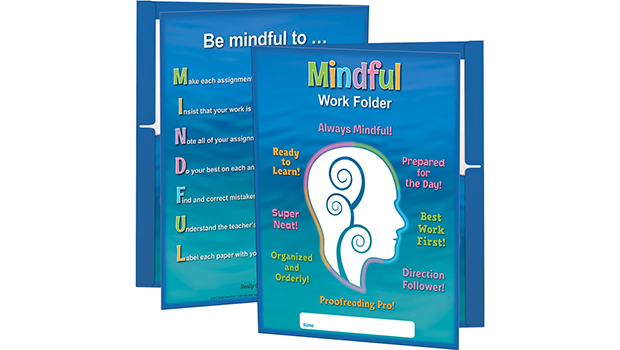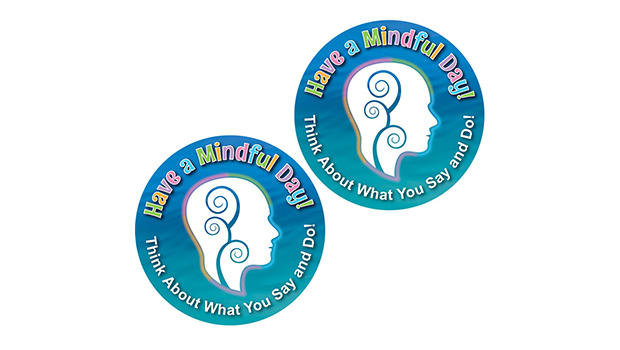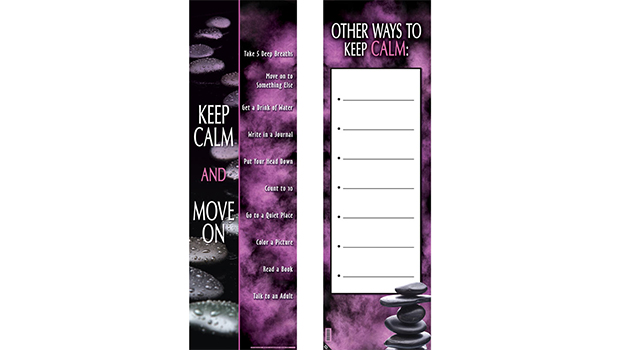
Teachers have many responsibilities when it comes to the well-being of each and every student. Many districts have “adopted social skill-building in an effort to move from zero-tolerance discipline and drill-and-kill curriculum toward a more nuanced approach to the behavioral and academic needs of students,” according to an article that talks about the expansion of social- emotional learning.
The Importance of Social-Emotional Learning
Social-emotional learning (SEL) refers to a student’s ability to effectively apply the knowledge, attitudes, and skills necessary to understand and manage emotions, set and achieve goals, show empathy for others, establish and maintain positive relationships, and make responsible decisions. You probably already know that social-emotional learning is one of the most important things to incorporate into your daily routine to improve your classroom climate. What some don’t see is that there’s often a fear that there is not enough time to implement social-emotional learning in the classroom. Teachers worry about how they can possibly meet every child’s social and emotional needs in the time allotted in school.
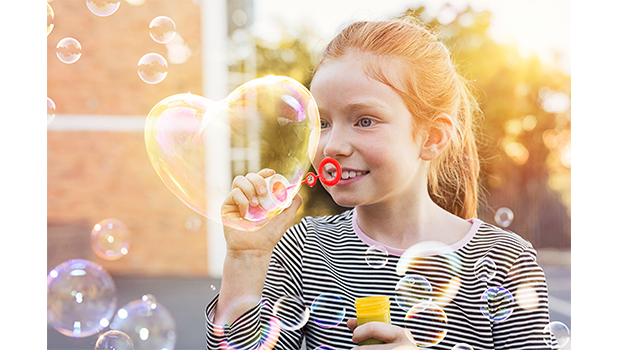
Here are a few tips to get you started:
- Show your students how important their social and emotional needs are to you. Set aside time for students to talk to each other about non-curricular topics. Make sure your students know that you care about them as individuals, not just as students learning in your classroom.
- Take time to help your students be aware of their emotions and find a way to cope with those feelings. You might have them meditate and do breathing exercises, do reflective writing in a journal, or discuss scenarios. This should be a way for children to truly understand their emotions and they will likely feel more comfortable and supported in the classroom.
- Display a theme in your room that will help students see how important their mental health is to you. Put up posters that inform and motivate students to be mindful of their emotions and give them ways to manage those emotions.
- Have an open conversation about the ways your students calm themselves down, so they connect with each other and understand each other’s needs better. Role playing gives students coping skills in realistic situations, where they can learn how to react if they are faced with these issues. Many times, real-life situations can be brought up at a read aloud, where a character is facing a similar problem. Sometimes the tone of the classroom can make a big difference in the way your students respond to this type of learning.
10 must-have products designed to meet your students’ social-emotional needs:
5. Let’s Take a Mindful Minute Poster
8. Have a Mindful Day! Stickers
9. Keep Calm and Move On Banner
10. Keep Calm and Move On Stickers and Bookmarks
Research shows that social-emotional learning not only improves achievement by an average of 11%, but it also increases social behaviors (kindness, sharing, and empathy), improves student attitudes toward school, and reduces depression and stress among students. Start to incorporate social-emotional learning into your classroom and you will be amazed at the positive difference you see in your classroom climate!
Are there other activities or products that you’ve found that help you easily incorporate social-emotional learning in the classroom?
By Cheri Atwood
This piece was originally published in 2018.
